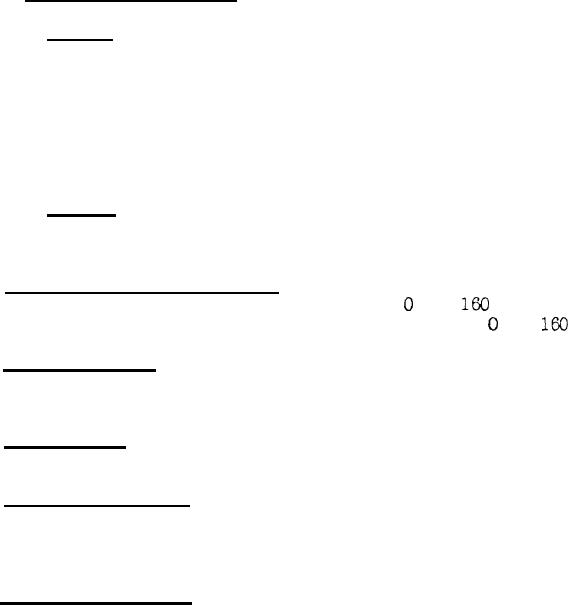 |
|||
|
|
|||
| ||||||||||
|
|  MIL-P-17869A(SHIPS)
3.3.12.1 Pipe connection sizes.-
Size of pressure ports and pipe flanges at normally
3.3.12.1.1 Pumps.-
rated output shall be such that velocity of the hydraulic fluid through the con-
nected pipe will not exceed 20 feet per second. Suction ports shall be of a size
to permit entry of fluid at a velocity of not more than 5 feet per second at
normally rated output. Where a pump is used in a closed hydraulic power trans-
mission circuit and the pump intake is supercharged or replenished, suction
and pressure ports may be of the same size, that is, that which will limit fluid
velocity to 20 feet per second.
Pressures and discharge ports shall be of a size
3.3.12.1.2 Motors.-
that will limit fluid velocity in and out of the motor to 20 feet per second at
normal rated speed.
3.3.13 Operating temperature range.- Pumps and motors shall operate
satisfactorily at fluid discharge temperatures between
and
Pumps
and
and motors shall operate at fluid suction temperatures between
3.3.14 Hydraulic fluid.- Pumps and motors shall be designed to operate
efficiently using any of the hydraulic fluids specified in Specification MIL-L-15017
or MIL-L-17331, as applicable.
3.3.15 Lubrication.- Pumps and motors shall be self-lubricating by means
of the fluid circulating within the case.
3.3.16 Pressure pulsation.- Pumps shall be designed to deliver a steady
flow of fluid without pressure pulsation of more than 5 percent above or below
continuous rated working pressure. This allowance shall become uniformly less
at operating pressures less than rated working pressure.
3.3.17 Vibration and noise.-
3.3.17.1 Class I, II, and III pumps and motors shall be designed and
built so as to m inimize vibratory forces which may cause undue vibration, noise
and wear.
3.3.17.2 Class IV and V pumps and motors shall be balanced in accordance-
with type II (internally excited vibration of Standard MIL-STD-167). The method
of applying balance correction shall be left to the discretion of the manufacturer.
Vibration measurements shall be extended to cover higher orders of vibration
as specified in Standard MIL-STD-167.
6
|
|
Privacy Statement - Press Release - Copyright Information. - Contact Us |